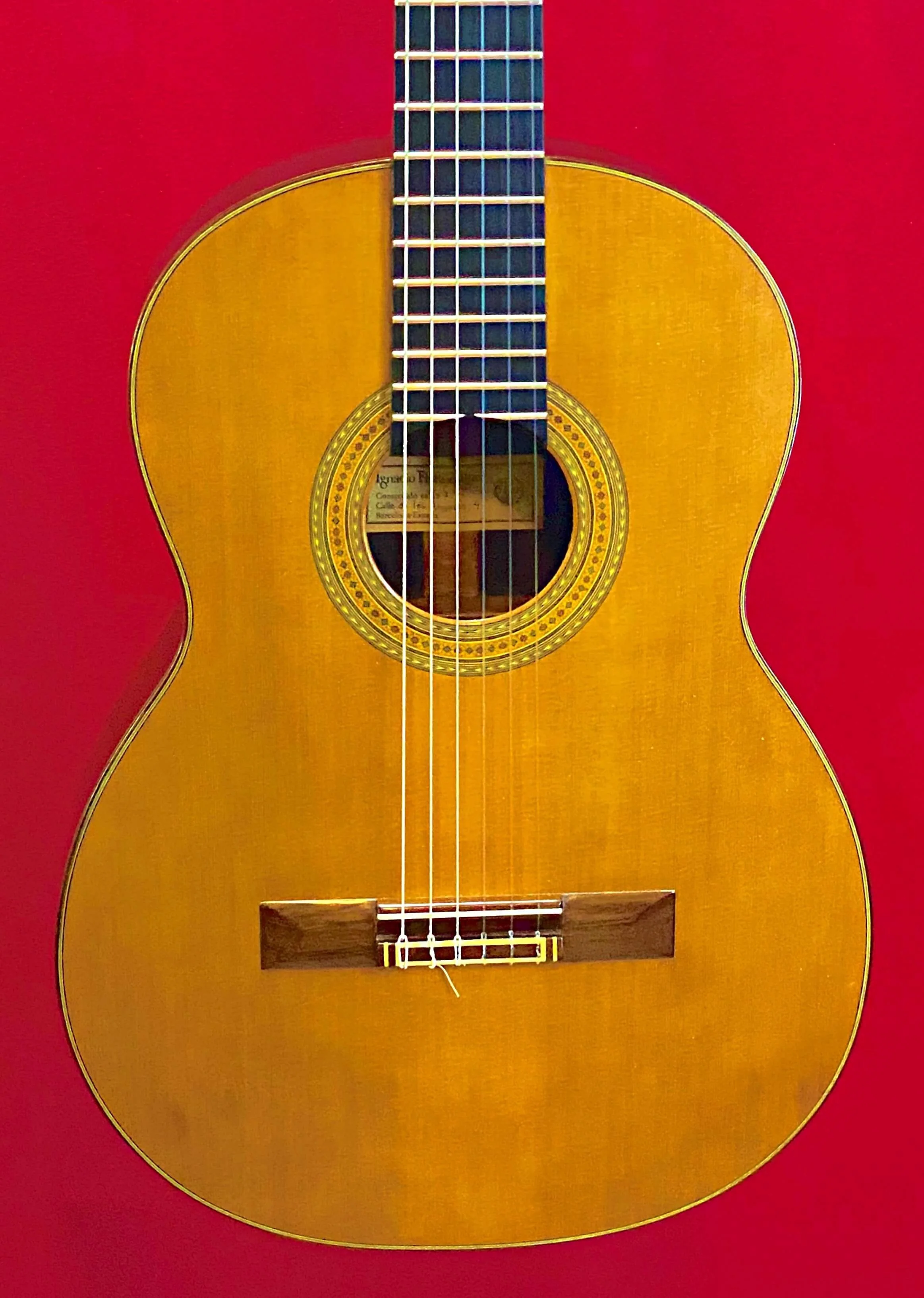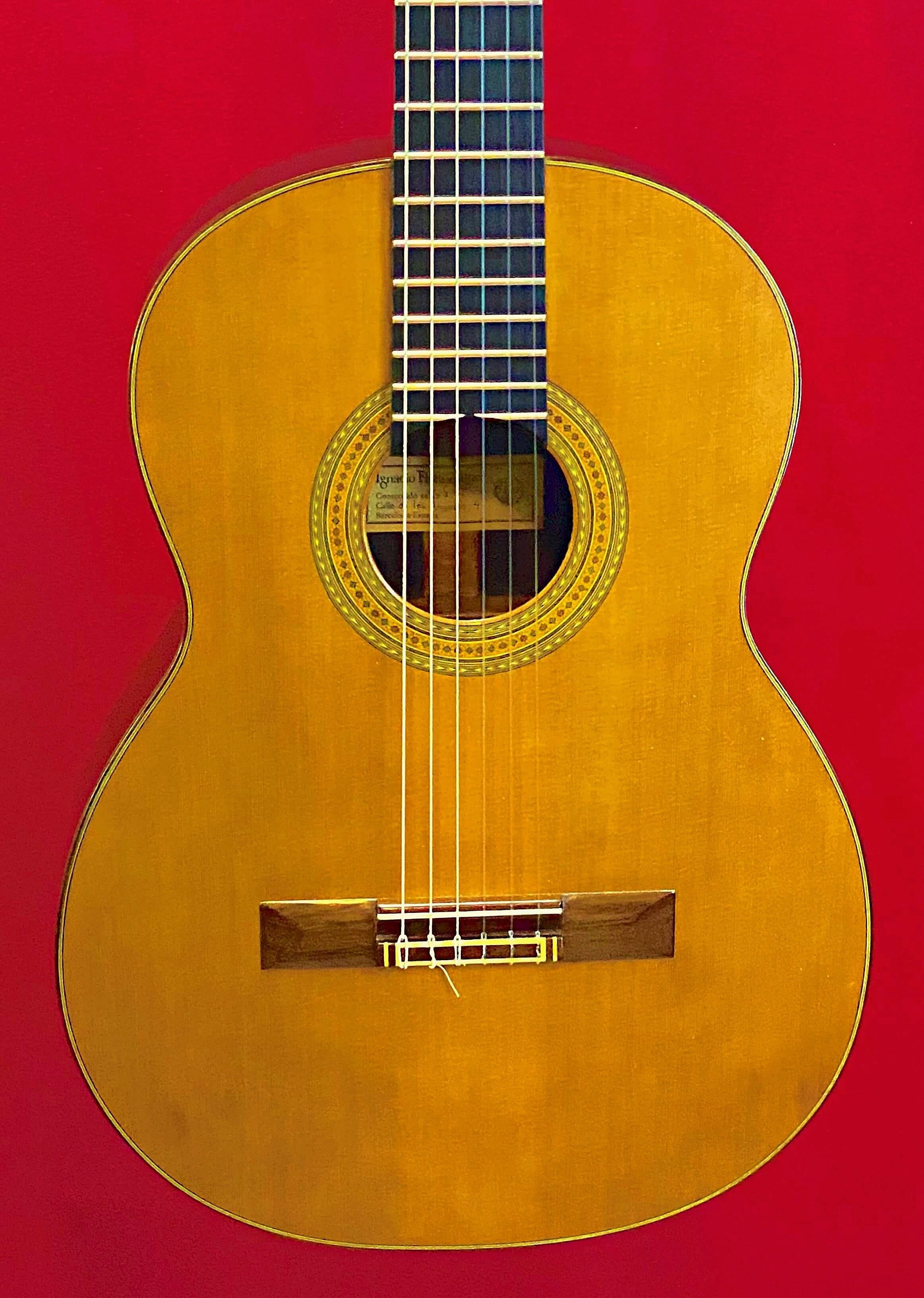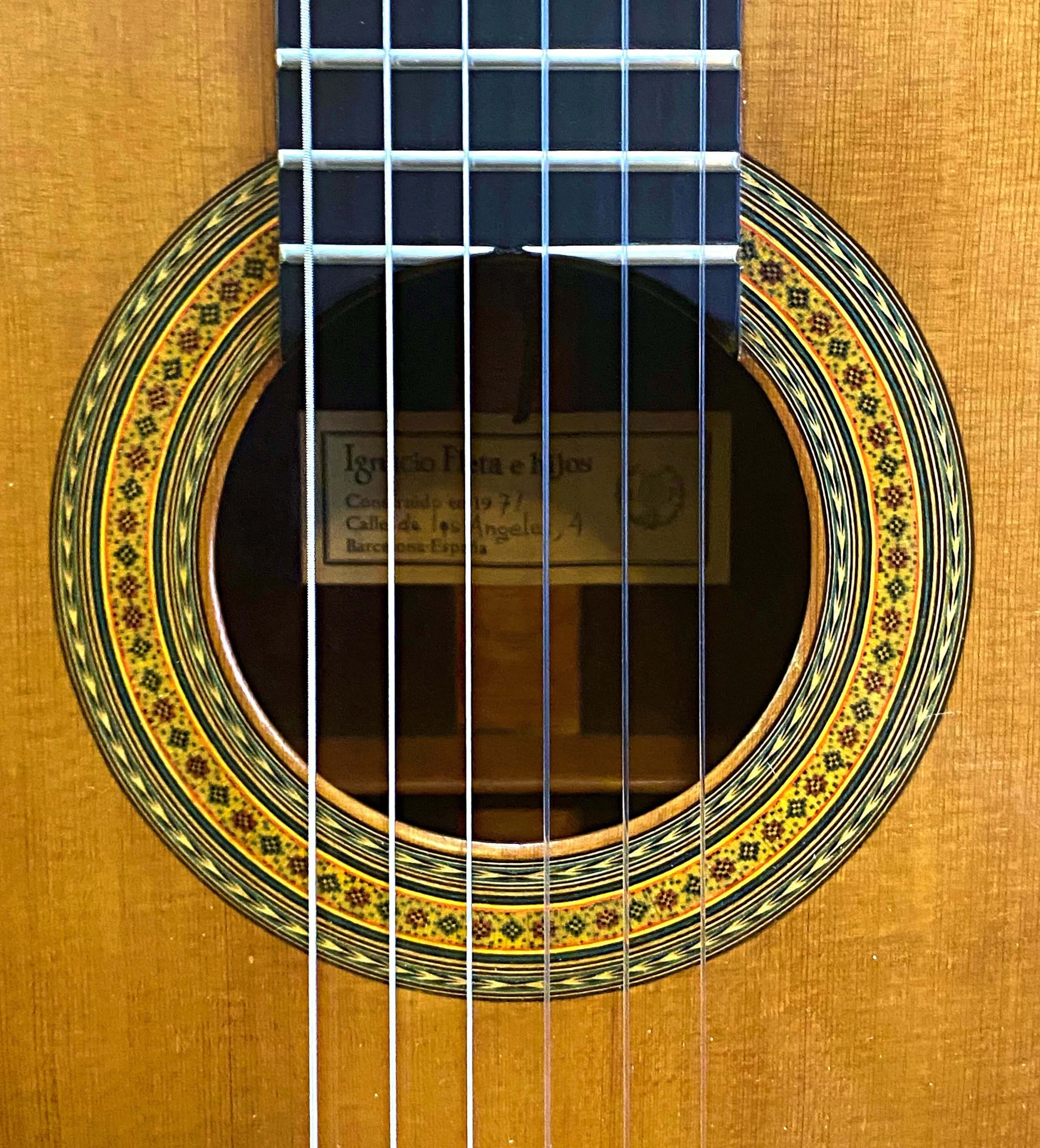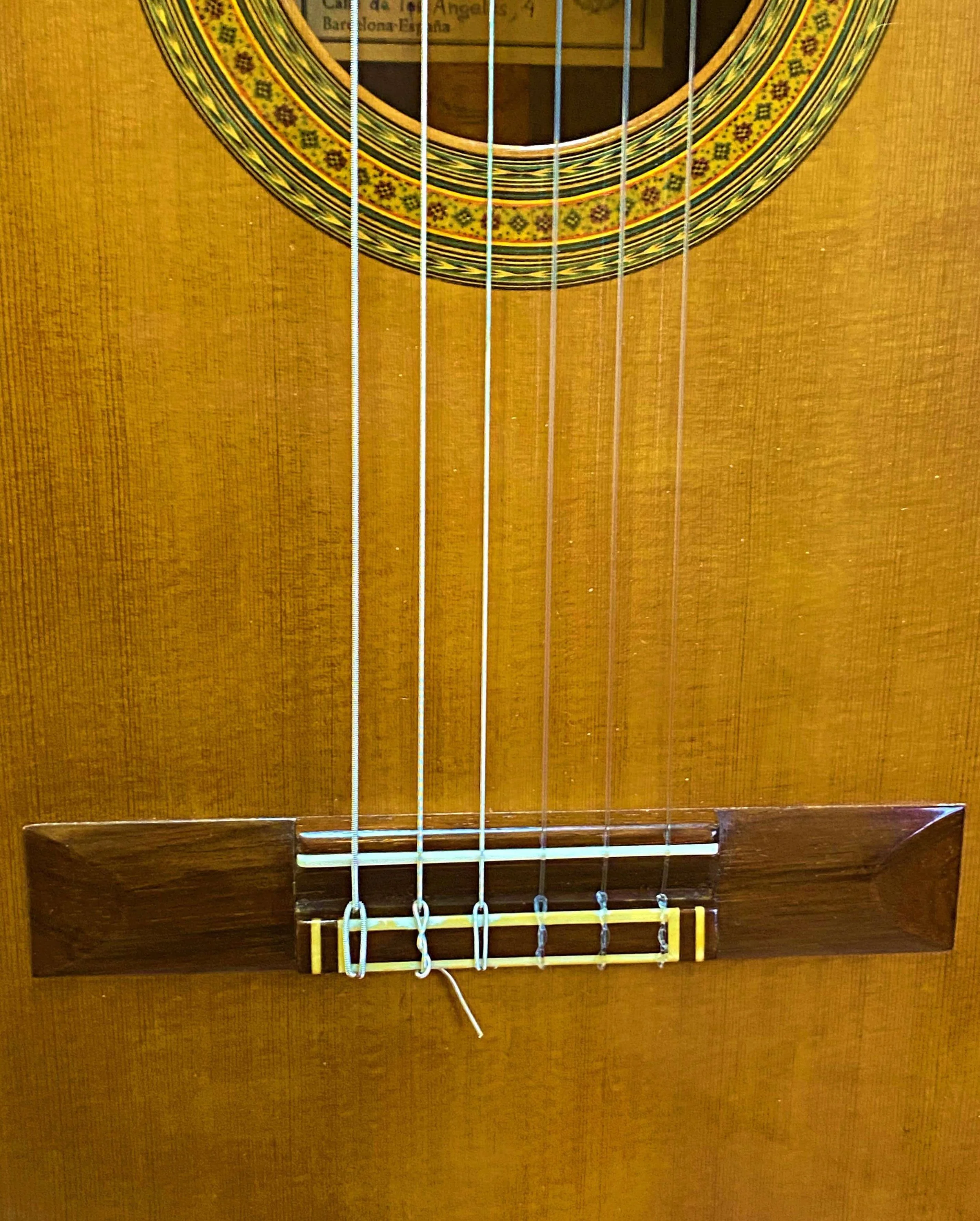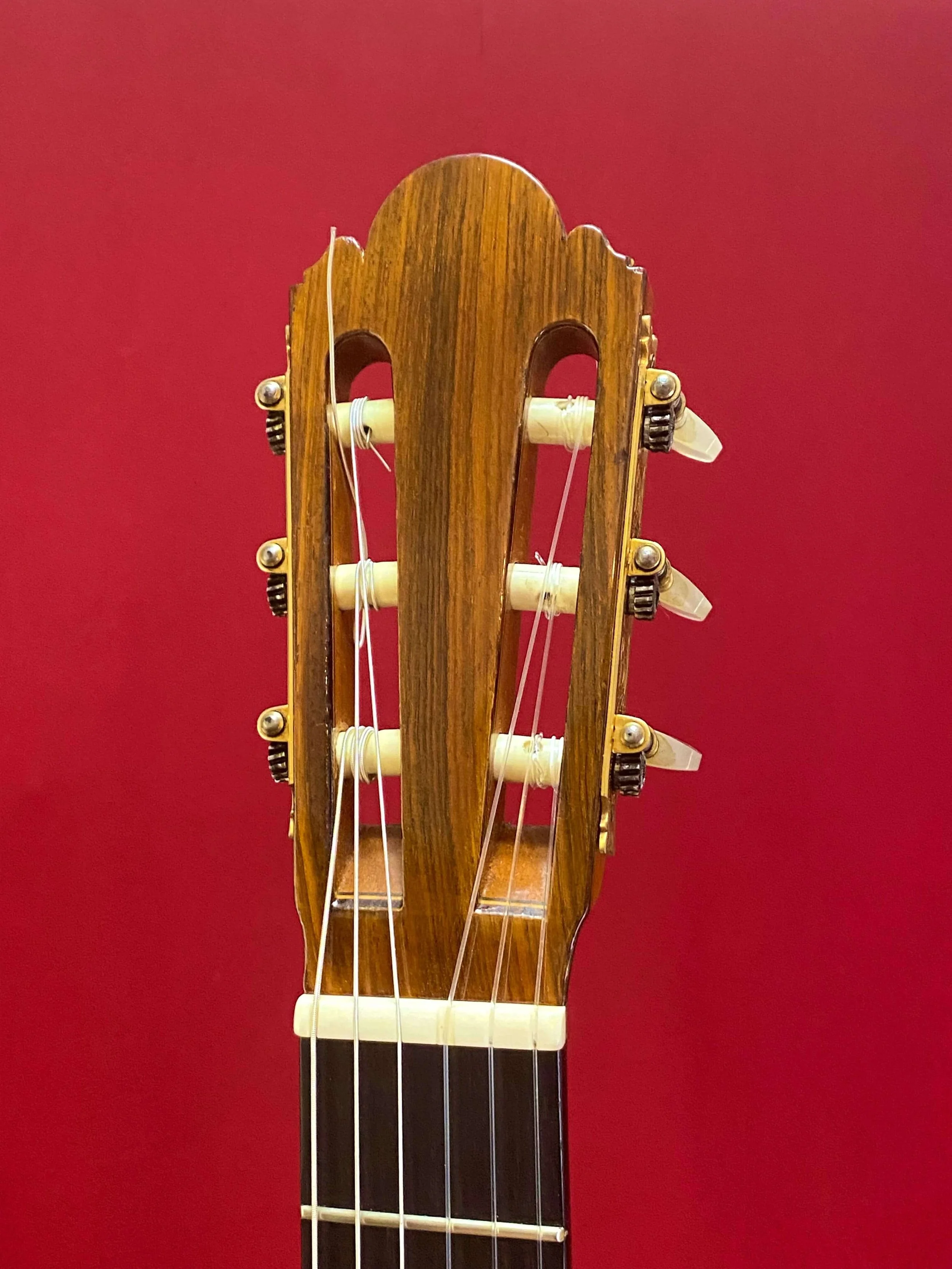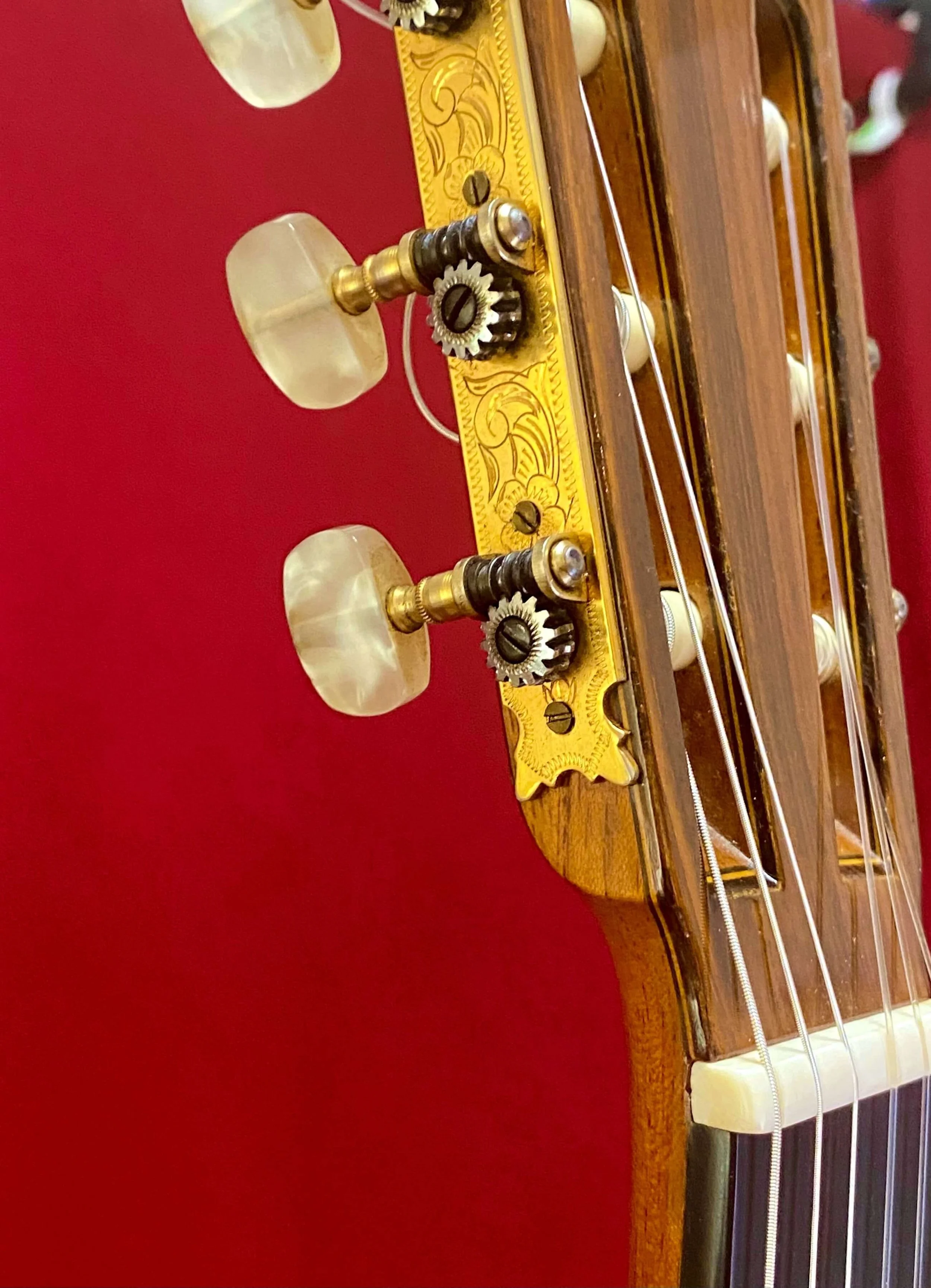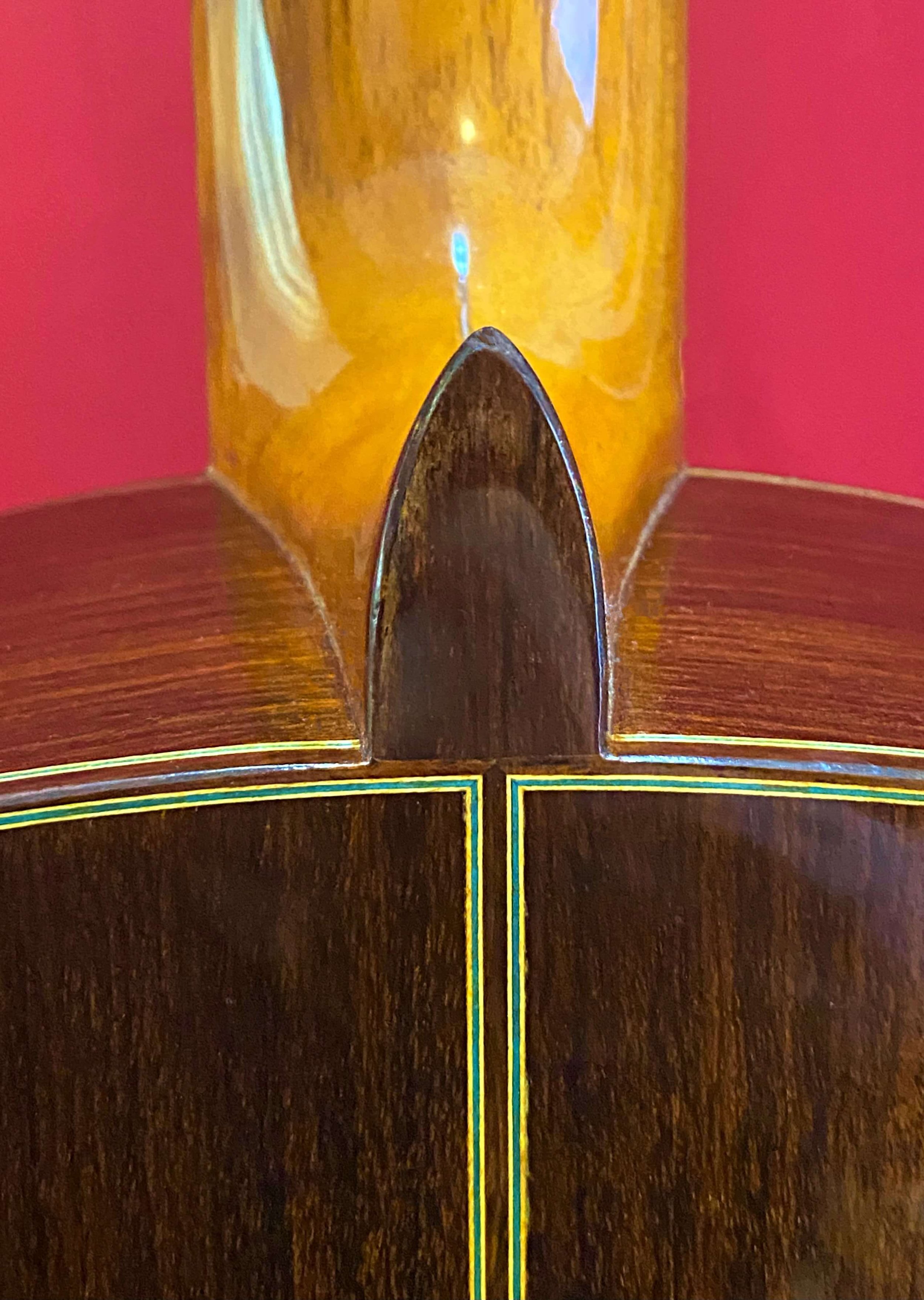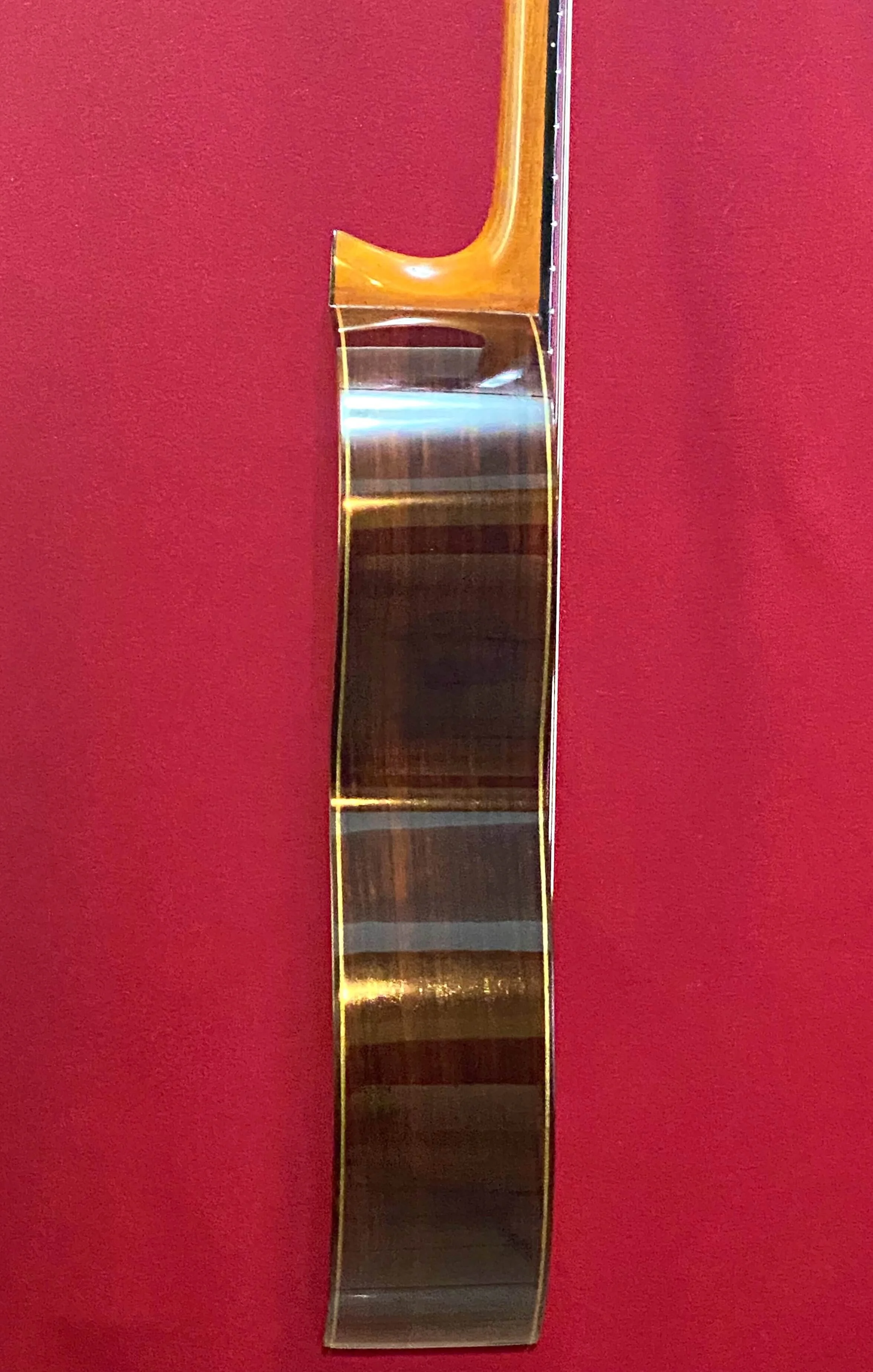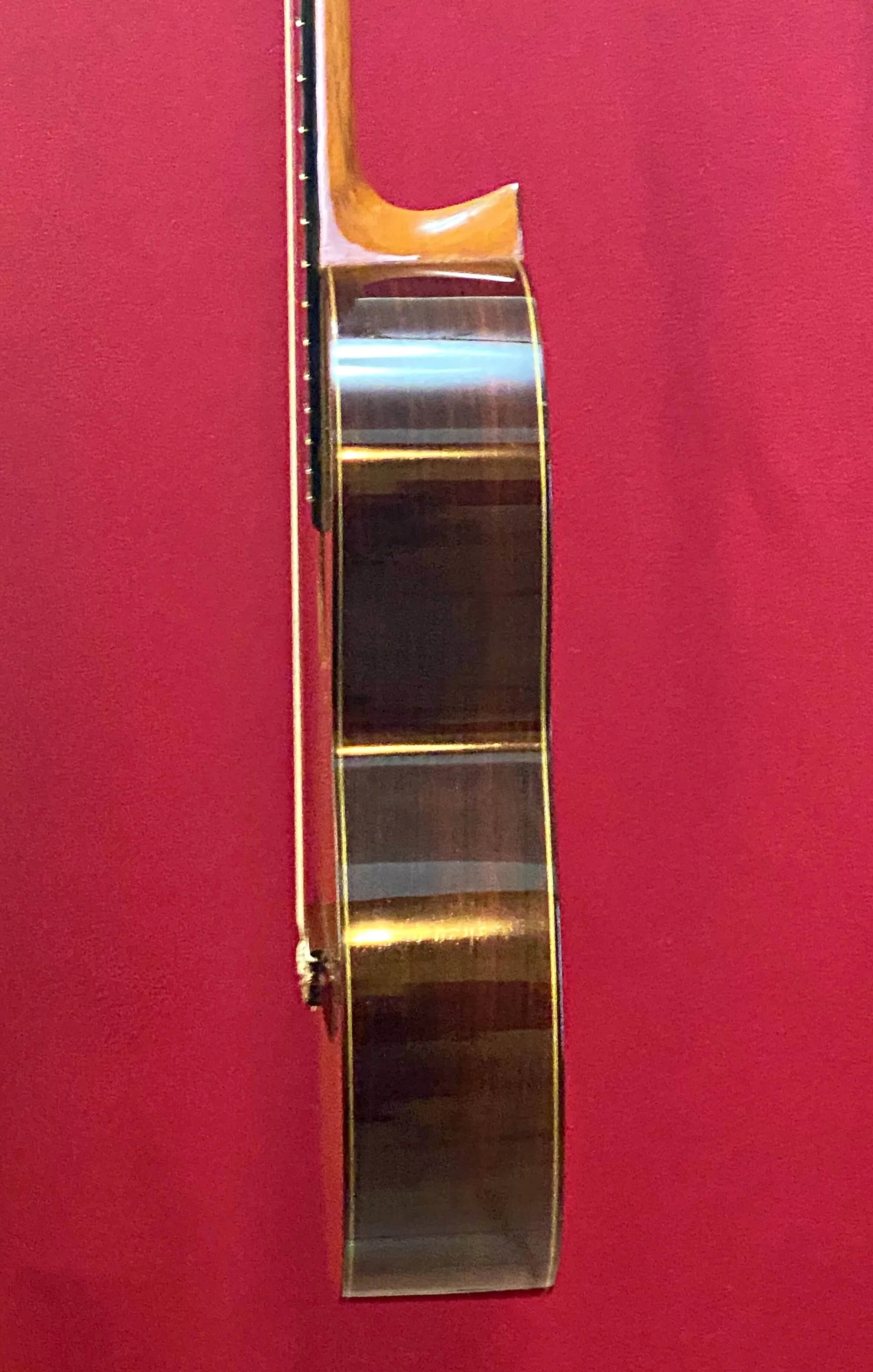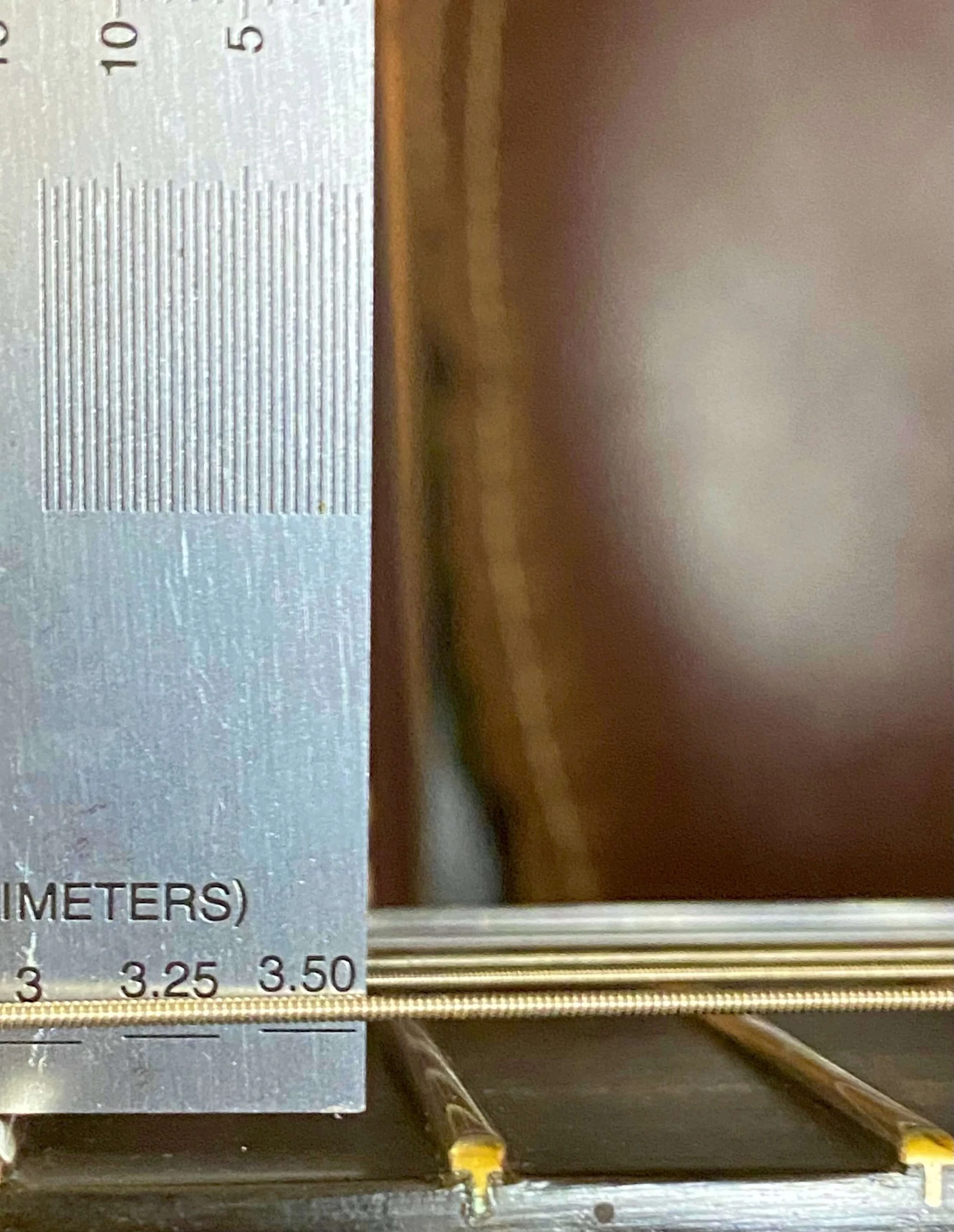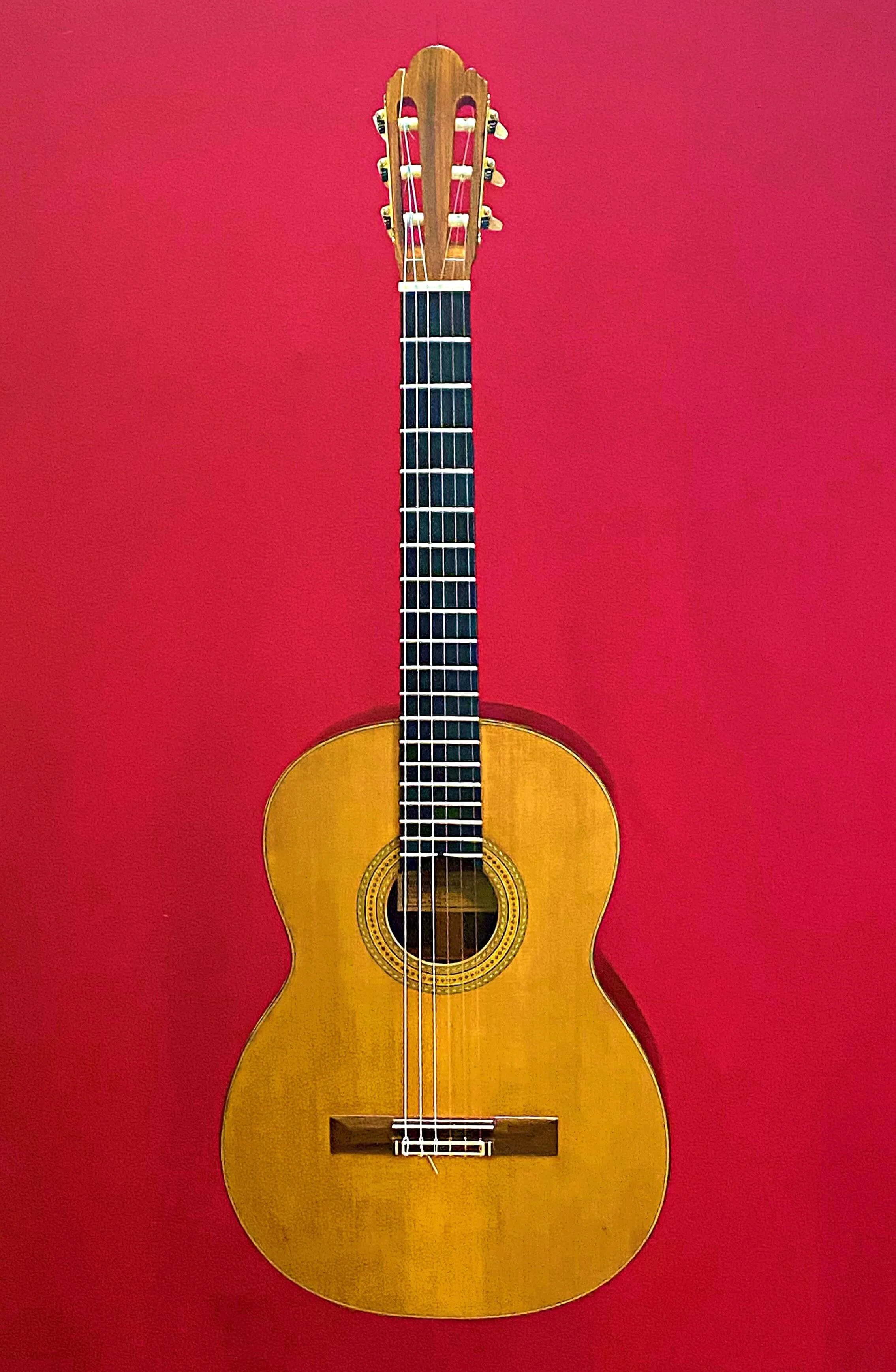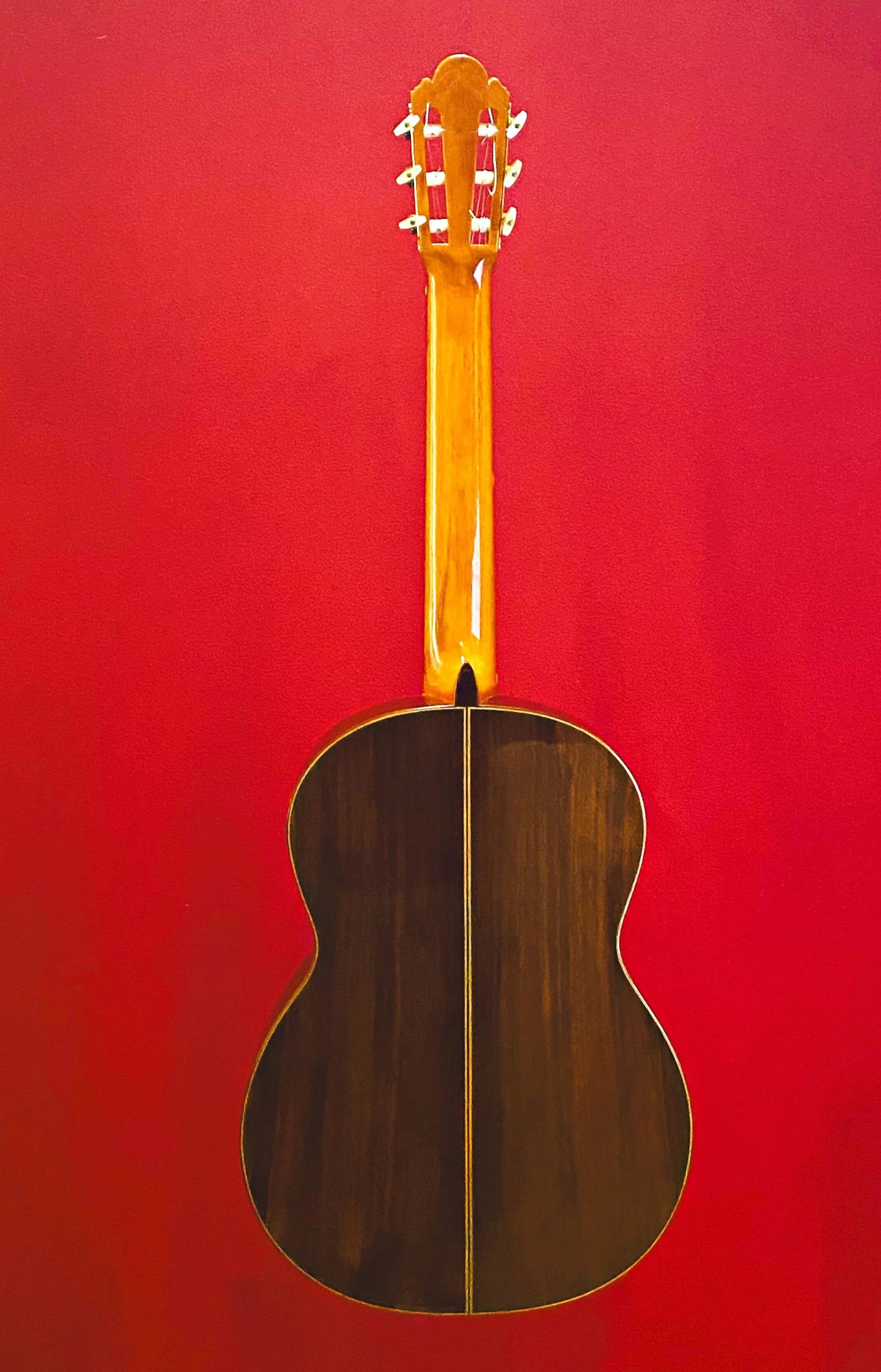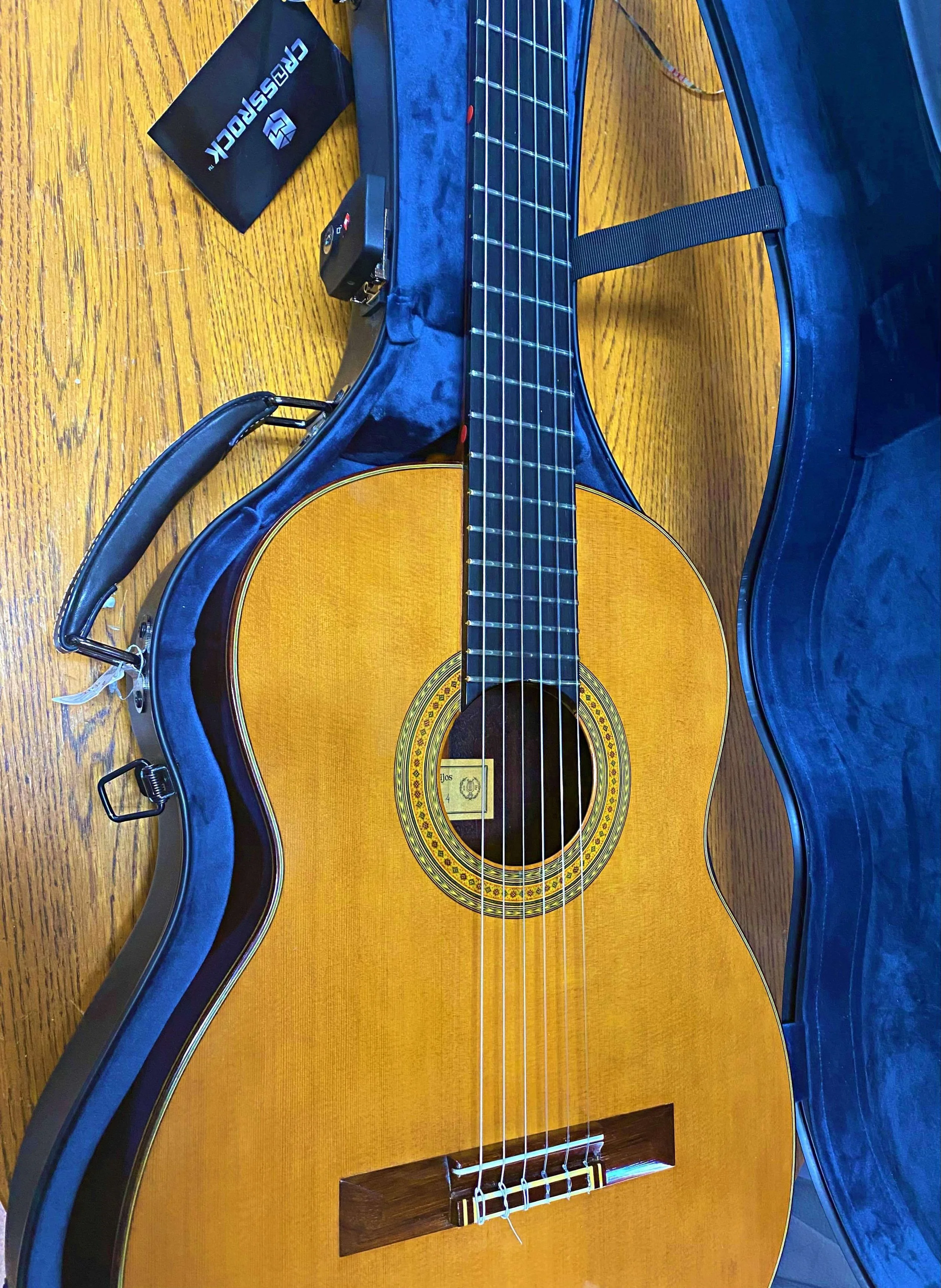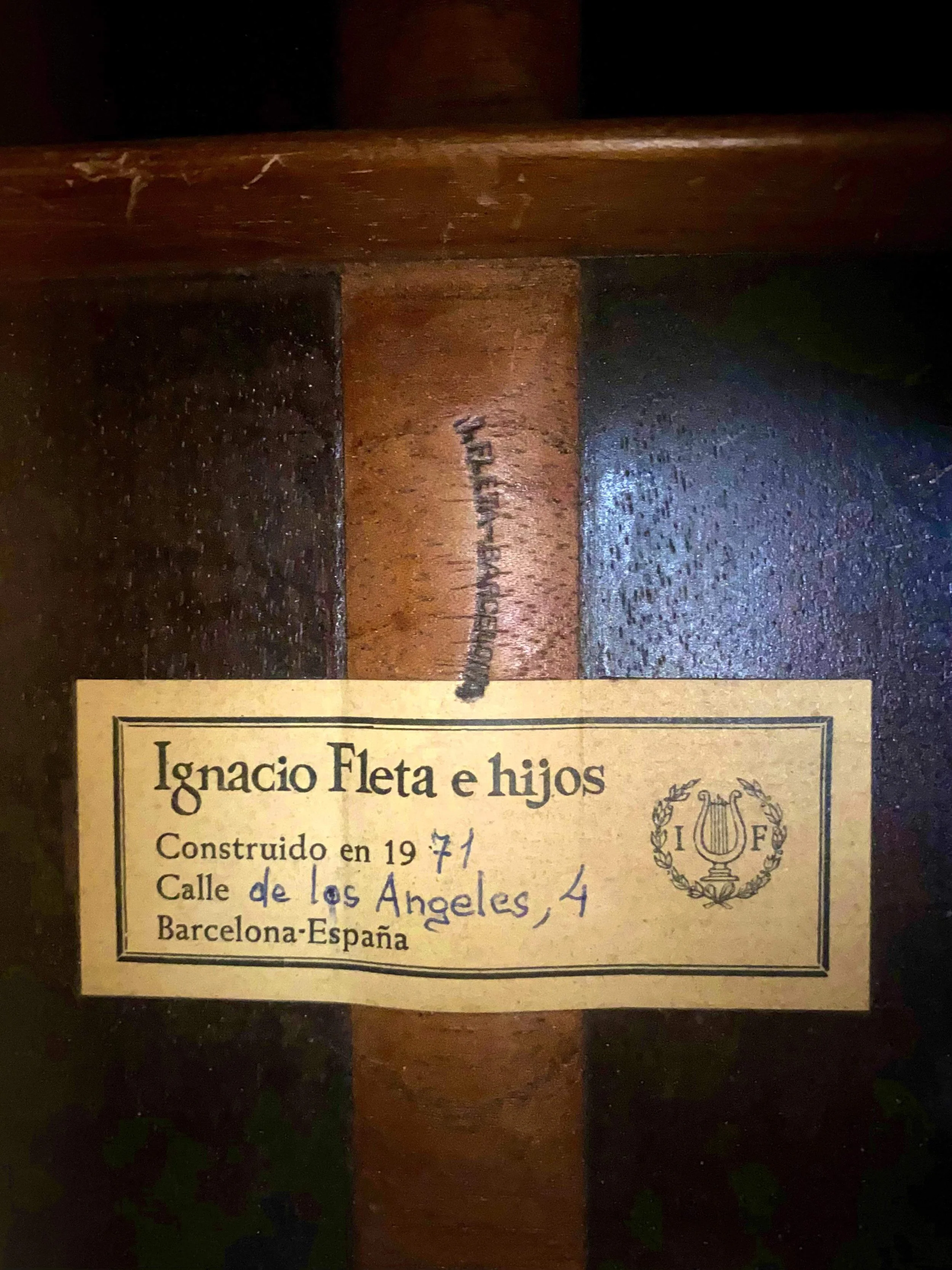1971 Ignacio Fleta e Hijos
1971 Ignacio Fleta e Hijos
Make: Ignacio Fleta e Hijos
Model: Concert Classical Guitar
Model Year: 1971
Number 572
Top: Canadian Cedar
Back & Sides: Indian Rosewood
Scale: 650mm
Nut: 52mm
Finish: French Polish
Tuners: Fusteros
Country: Spain
Condition: Used - Excellent
Ignacio Fleta (1897-1977) hailed from Huesca, a province in Teruel, and was the son of a cabinet maker. Despite inheriting his father's passion for woodworking, Ignacio began playing the guitar at the age of eight. His brother, Francisco Manuel, was the first to apprentice as a luthier. In 1907, Ignacio's father sent him to Barcelona to train under Benito Jaume (1860-1934), a renowned violin maker. Later, he studied with Etienne Marie (1867-1935), a Spanish-born member of the famous French family of luthiers from Mirecourt, who resided in Barcelona. At the age of thirteen, Ignacio was sent to Barcelona by his father to learn instrument making from his brother Francisco Manuel. Under his brother's guidance, Ignacio not only learned the fundamentals of guitar construction but also acquired skills in crafting other stringed instruments. In 1927, Ignacio established his own workshop and also built cellos, earning him numerous commissions from Pablo Casals. In 1932, he relocated his shop to calle de los Angeles. It was in 1955, upon hearing Andrés Segovia perform for the first time, that Ignacio became so deeply moved that he decided to focus exclusively on building guitars. In 1957, Ignacio crafted the first of three guitars for Segovia, which propelled him to global acclaim. Other renowned guitarists who play Fleta guitars include Alexandre Lagoya, Eduardo Falu, Alberto Ponce, and John Williams.
There are Fleta guitars, and then there are exceptional ones like this particular instrument—an unparalleled masterpiece and the finest I have ever played. Recently, Sergio Assad visited and was astounded by its quality. This guitar, numbered 572, was constructed around the same time as John William’s 1972 Fleta (number 609). It is an instrument befitting a concert guitarist of the highest caliber. While there is a hairline crack on the top near the bass side of the bridge, but because the Canadian cedar top is so tight grained, and it was so skillfully repaired, it is practically invisible, except for cleats beneath the soundboard. Apart from this minor flaw, the guitar appears almost new. The demand for Fleta guitars during the 1970s was so overwhelming that the waiting list stretched to 17 years. Even today, Fleta guitars in such remarkable condition are rarely available on the market.

